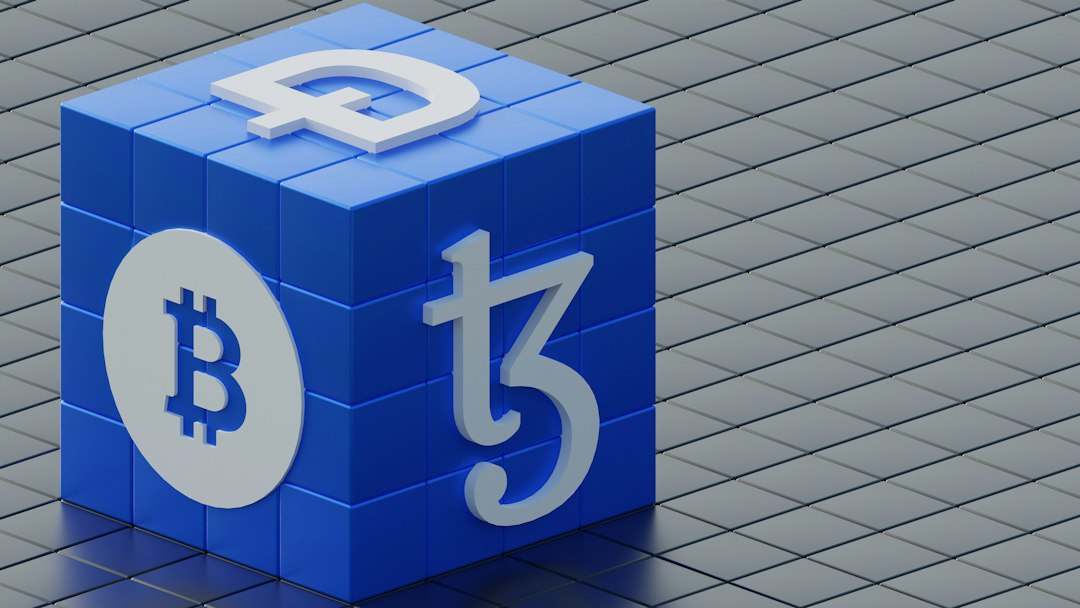Bitcoin Reserves on Exchanges Hit Lowest Level Since January 2018
The latest market report from Bitfinex reveals that bitcoin reserves on centralized exchanges have reached their lowest point since January 2018. Currently, only 2.03 million BTC is held on exchanges, indicating a significant decline in reserves. Bitfinex suggests that this decrease in exchange reserves may be a sign of an upcoming bull run in the market.
Decline in BTC Exchange Reserves Coincides with Price Increase
Bitfinex’s report shows that BTC reserves on exchanges started declining in March 2020 when the price of the asset began to rise. This correlation between exchange reserves and price suggests an inverse relationship, indicating that the scarcity of BTC on trading platforms may be driving the price movement. However, the recent dip in BTC price and continued decrease in exchange reserves challenge this relationship, indicating that investors also hold less BTC on exchanges during bear markets.
HODL Phase and Multiple Investor Cohorts
Despite these fluctuations, many market indicators suggest that both long-term holders and a significant portion of short-term investors are currently in a HODL phase and are holding their assets for longer periods. The 12-18-month supply holders have the opportunity to make profits on some of their holdings but have chosen to remain inactive. This indicates confidence among investors across various cohorts that BTC will not experience a drastic slump from its current price.
Positive October Predicted for Bitcoin
In addition, Bitfinex analysts note that historically, a positive September leads to a bullish October for BTC. They predict increased volatility and potential upside movements based on volatility and futures market metrics. October has consistently shown positive movements for BTC regardless of September’s performance.
Hot Take: Bitcoin Exchange Reserves Hit Lowest Point Since 2018, Indicating Potential Bull Market
Bitfinex’s latest market report reveals that bitcoin reserves on centralized exchanges have reached their lowest level since January 2018. This decline in exchange reserves suggests a potential bull run in the market. The correlation between BTC price and exchange reserves indicates that the scarcity of BTC on trading platforms may be driving the price movement. Despite recent fluctuations, long-term holders and a significant portion of short-term investors are in a HODL phase, indicating confidence in BTC’s current price. Furthermore, historical data suggests a positive October for BTC following a positive September. Analysts predict increased volatility and potential upside movements for BTC in the coming month.





 By
By
 By
By
 By
By
 By
By
 By
By